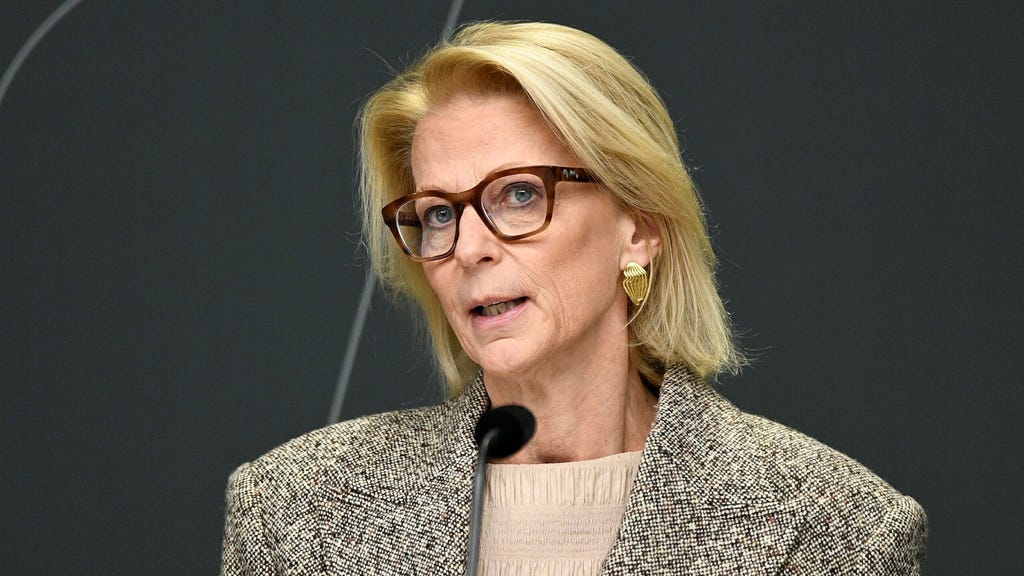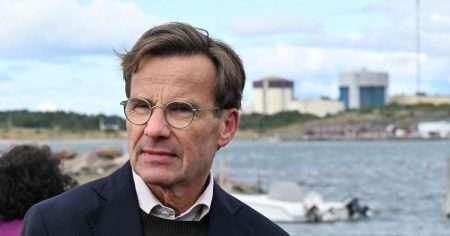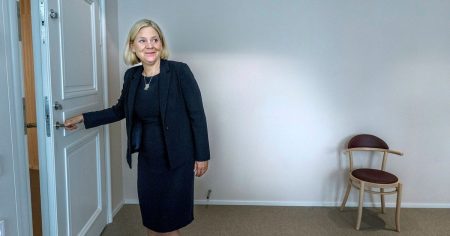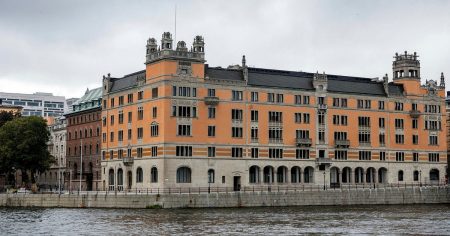Sweden’s Shift from Surplus Target to Balanced Budget Framework: A Detailed Analysis
Sweden’s fiscal policy landscape is undergoing a significant transformation, marked by a shift from a surplus target to a balanced budget framework. This transition, spearheaded by Finance Minister Elisabeth Svantesson, signifies a broad political consensus, with six out of eight parliamentary parties endorsing the change. The core of this reform entails replacing the existing surplus target of 0.33% of GDP with a balanced budget target by 2027. This shift reflects a growing recognition of the need for greater fiscal flexibility, especially in the context of economic uncertainties and the demand for increased public investments.
The rationale behind this move stems from several converging factors. Firstly, the current surplus target is perceived as overly restrictive, limiting the government’s capacity to respond effectively to economic downturns or invest in crucial public services. The balanced budget framework provides more leeway for counter-cyclical fiscal policies, allowing the government to increase spending during recessions and consolidate finances during periods of economic expansion. Secondly, the changing global economic landscape, characterized by uncertainties and potential disruptions, necessitates greater fiscal maneuverability. A balanced budget framework offers greater adaptability to unforeseen circumstances, such as the COVID-19 pandemic or the war in Ukraine, allowing for targeted fiscal interventions without rigidly adhering to a surplus target. Lastly, the shift reflects the growing demand for increased public investments in areas like infrastructure, education, and healthcare. The balanced budget framework is anticipated to free up approximately SEK 25 billion annually, enabling the government to address these pressing needs without compromising fiscal sustainability.
The political landscape surrounding this reform is marked by broad consensus, with six out of eight parliamentary parties endorsing the change. This cross-party support underscores the widespread recognition of the need for a more flexible fiscal framework. While the majority supports the balanced budget approach, some parties, such as the Left Party and the Green Party, advocate for even greater flexibility, suggesting the adoption of a cyclical balanced budget or even allowing for temporary deficits to fund strategic investments. These arguments reflect diverse perspectives on the role of fiscal policy, with some emphasizing the importance of counter-cyclical spending and public investments, while others prioritize long-term fiscal sustainability.
The implications of this shift are far-reaching. The transition to a balanced budget framework is projected to provide the government with greater fiscal space, estimated at around SEK 25 billion annually. This increased flexibility is expected to enable greater investment in crucial areas like infrastructure, education, and healthcare, contributing to long-term economic growth and social well-being. Furthermore, the balanced budget framework allows for more effective counter-cyclical fiscal policies, enabling the government to respond more effectively to economic downturns and mitigate their impact on businesses and households. However, the shift also raises questions about how the government will finance large-scale, long-term investments, such as the proposed new nuclear power plants. While the government emphasizes that such investments will not be funded through direct government borrowing, the details of the financing mechanisms remain to be finalized.
The debate surrounding the financing of long-term investments, such as new nuclear power plants, illustrates the complexities of balancing fiscal flexibility with long-term sustainability. While the government has indicated that such projects will not be funded through direct borrowing or impact the balanced budget framework, the specific financing mechanisms are yet to be fully articulated. The government has suggested that these investments will be financed through private sector participation and government guarantees, ensuring that the fiscal burden does not fall solely on the public sector. This approach aims to leverage private capital while mitigating risks and ensuring the long-term viability of these crucial investments. However, the specifics of these arrangements remain a subject of ongoing discussion and scrutiny.
In conclusion, Sweden’s transition from a surplus target to a balanced budget framework represents a significant shift in its fiscal policy approach. This change reflects a growing consensus on the need for greater fiscal flexibility in the face of economic uncertainties and the demand for increased public investments. While the balanced budget framework offers greater adaptability and the potential for increased investments in key areas, it also raises questions about the long-term financing of major projects. The ongoing discussions surrounding these issues highlight the complex interplay between short-term fiscal flexibility and long-term fiscal sustainability, which will continue to shape Sweden’s fiscal policy landscape in the years to come.














